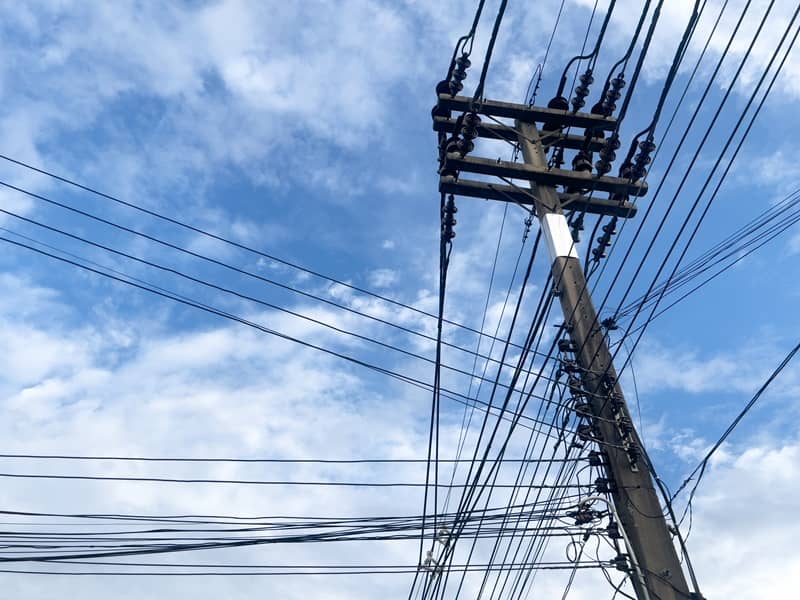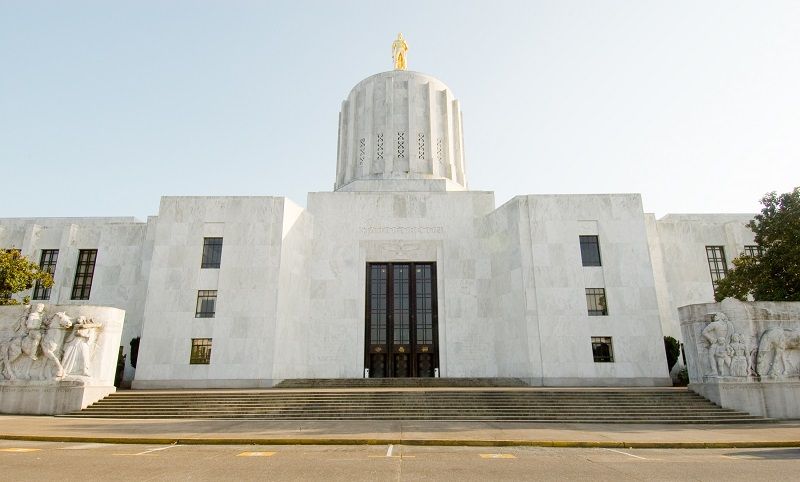By Eric Fruits, Ph.D. and Mia Tiwana
Executive Summary
In November 2020, Portland Public Schools voters approved Measure 26-215 proposing a $1.2 billion construction bond that includes the complete remodel of two high schools, roofing and seismic upgrades for other schools, and improved accessibility under the Americans with Disabilities Act. Shortly before the school board voted to send the measure to the ballot, they slipped in $60 million for a “Center for Black Student Excellence.”
PPS appears to have circumvented critical due diligence processes required under state law when seeking voter approval for a bond measure. In this respect, PPS likely breached voter trust and could face legal challenges to its use of bond funds for the Center.
Key Findings
In November 2020, voters approved Measure 26-215, a $1.2 billion bond issuance that focuses on significant capital improvements within the PPS district.
State law requires that all proceeds from capital improvement bonds be used strictly for acquisition, construction, and repairs of school buildings and the purchase of assets. Other broader intangible uses—such as initial planning and community engagement—are not specifically allowed. In addition, sponsors of a bond issuance are expected to conduct thorough due diligence that supports the proposed capital projects and their anticipated price tags.
Just prior to ballot approval, the PPS Board inserted $60 million in funding for a Center for Black Student Excellence (the “Center”) into the ballot measure. As research in this paper shows, PPS’s due diligence on the Center was seriously lacking prior to submitting the measure to voter approval. PPS anticipated that relevant due diligence discussions would occur at some unknown time after voter approval.
The Center is an urban development concept sponsored by Albina Vision Trust. Albina Vision’s mission is to revitalize Portland’s Albina neighborhood through various means, particularly through real estate enhancement projects.
Currently, the Center does not constitute a capital improvement and thus potentially violates state law regarding the use of funds from capital improvement bonds. The Center is more of a concept, rather than a proposal or a plan. At this point, no one—the school board and staff, voters, and taxpayers—has any idea what the Center will be, where it will be, what will be built, what it will do, how it will be run, or how to measure the success or failure of the concept.
Conclusions and Recommendations
As discussed in this paper, there are no specific capital development plans for the $60 million Center project that was inserted in the final days of the bond measure approval process. As a result, there is significant likelihood of imprudent utilization of the $60 million of funds.
At a minimum, the PPS should escrow the $60 million in bond funds earmarked for the Center until a satisfactory and acceptable due diligence process—including public hearings—has been conducted to precisely define the Center and the capital improvements, if any, associated with it.
The costs associated with such planning and community engagement processes should not be paid for with these funds.
More fundamentally, the board should revisit whether a Center for Black Student Excellence is the best use of funds in a district which suffers from across-the-board deficiencies in academic achievement.
Eric Fruits, Ph.D. is Vice President of Research at Cascade Policy Institute. He is also an adjunct professor at Portland State University, where he teaches courses in urban economics and real estate. Mia Tiwana was a research associate in Cascade’s summer policy program.













Larry A Sparks
This is borderline fraud for taxpayers, the Black student Building must be cancelled. For any special building for Black Students, another building must
be built for White Students, is not this the inclusive policy that misguided liberal educators are always promoting?